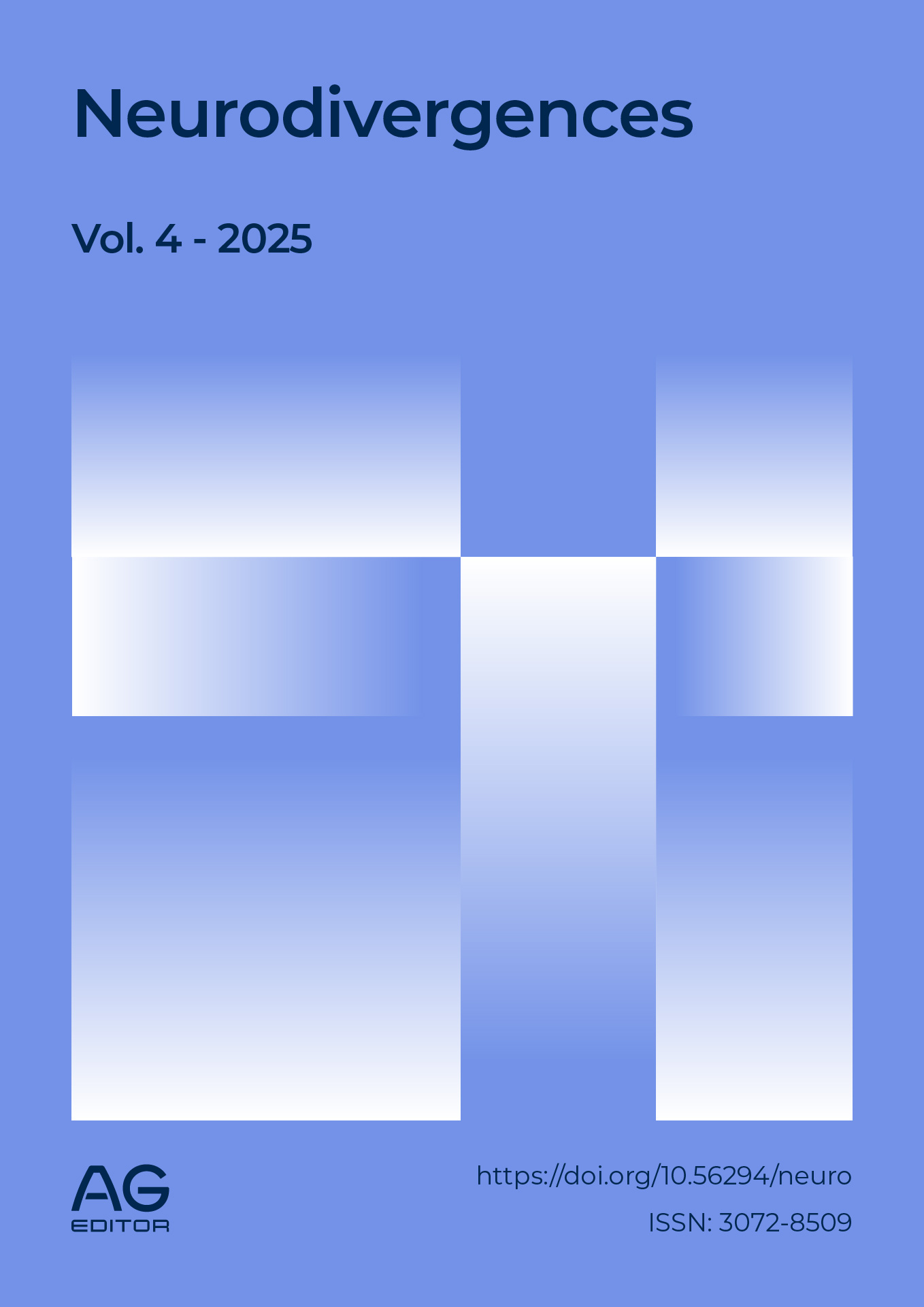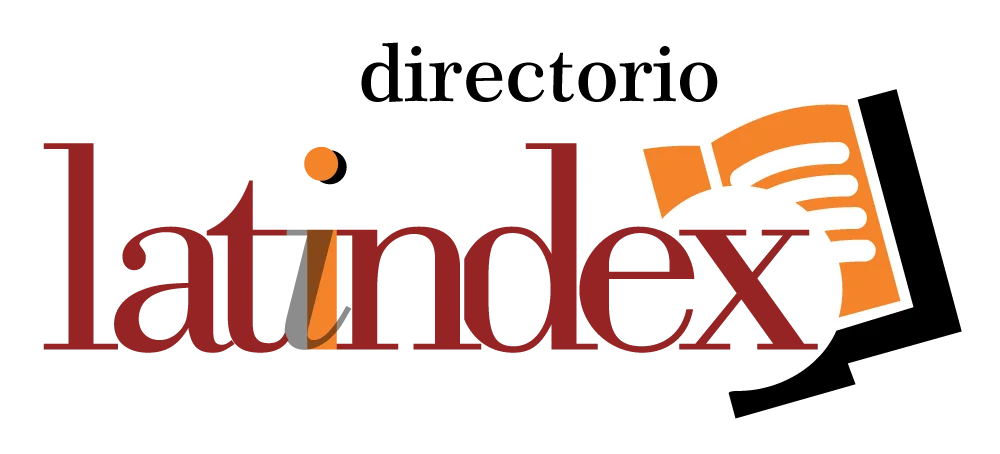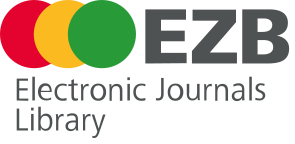High Intellectual Ability and Twice-Exceptionality
DOI:
https://doi.org/10.56294/neuro2025216Keywords:
Twice-Exceptionality, Gifted Child, Creativity, Attention Deficit Disorder with Hyperactivity, Autism Spectrum Disorder, Specific Learning Disorder, Special EducationAbstract
Introduction: Twice-exceptionality (2e) describes individuals with high intellectual abilities and neurodevelopmental conditions, whose strengths and difficulties mask each other, complicating identification. This article aims to review current evidence on the identification of and educational support for 2e, to establish recommendations applicable in clinical and educational settings. It emphasizes the need to move beyond exclusively psychometric approaches due to fragmented services and diagnostic variability.
Development: Accurate identification requires integrating standardized testing, dynamic assessment (guided tasks), early developmental milestones (such as age of reading onset), and socioemotional factors. Creativity in these profiles is associated with prolonged sensitive periods and contextual opportunities. However, barriers persist, including reciprocal masking (difficulties obscuring talents or vice versa), insufficient teacher training, and institutional segmentation. Effective interventions include strength-based strategies, psychosocial support, and integrated health-education protocols.
Conclusions: Addressing 2e demands a multidimensional approach: holistic identification using complementary tools, interventions combining curriculum adaptation and emotional support, and overcoming systemic barriers through teacher training and coordinated policies. This prevents both overdiagnosis and the invisibility of talent.
References
Al-Hroub A. Utility of psychometric and dynamic assessments for identifying cognitive characteristics of twice-exceptional students. Front Psychol. 2021;12:747872. doi: 10.3389/fpsyg.2021.747872
LeBeau B, Schabilion K, Assouline SG, Foley-Nicpon M, Doobay AF, Mahatmya D, et al. Developmental milestones as early indicators of twice-exceptionality. Neurobiol Learn Mem. 2022;194:107671. doi: 10.1016/j.nlm.2022.107671
Kelvington BA, Nickl-Jockschat T, Abel T. Neurobiological insights into twice-exceptionality: circuits, cells, and molecules. Neurobiol Learn Mem. 2022;195:107684. doi: 10.1016/j.nlm.2022.107684
King S. The education context for twice-exceptional students: an overview of issues in special and gifted education. Neurobiol Learn Mem. 2022;193:107659. doi: 10.1016/j.nlm.2022.107659
Kuznetsova E, Liashenko A, Zhozhikashvili N, Arsalidou M. Giftedness identification and cognitive, physiological and psychological characteristics of gifted children: a systematic review. Front Psychol. 2024;15:1411981. doi: 10.3389/fpsyg.2024.1411981
Madaus J, Reis S, Gelbar N, Delgado J, Cascio A. Perceptions of factors that facilitate and impede learning among twice-exceptional college students with autism spectrum disorder. Neurobiol Learn Mem. 2022;193:107627. doi:10.1016/j.nlm.2022.107627
Cody RA, Boldt GT, Canavan EJ, Gubbins EJ, Hayden SM, Bellara AP, et al. Teachers’ reported beliefs about giftedness among twice-exceptional and culturally, linguistically, and economically diverse populations. Front Psychol. 2022;13:953059. doi: 10.3389/fpsyg.2022.953059
Lee EAL, Scott M, Black MH, D’Arcy E, Tan T, Sheehy L, et al. “He sees his autism as a strength, not a deficit now”: a repeated cross-sectional study investigating the impact of strengths-based programs on autistic adolescents. J Autism Dev Disord. 2024;54(5):1656-1671. doi: 10.1007/s10803-023-06086-3
Aubry A, Bourdin B. Short Forms of Wechsler Scales Assessing the Intellectually Gifted Children Using Simulation Data. Front Psychol. 2018;9:830. doi: 10.3389/fpsyg.2018.00830
Saggar M, Xie H, Beaty RE, Calhoun V, Prabhakaran V, Gray JR, et al. Creativity slumps and bumps: Examining the neurobehavioral basis of creativity development during middle childhood. Neuroimage. 2019;196:94–101. doi: 10.1016/j.neuroimage.2019.03.080
Brant AM, Munakata Y, Boomsma DI, DeFries JC, Haworth CMA, Keller MC, et al. The nature and nurture of high IQ: an extended sensitive period for intellectual development. Psychol Sci. 2013;24(8):1487–1495. doi: 10.1177/0956797612473119
Park G, Lubinski D, Benbow CP. Contrasting intellectual patterns predict creativity in the arts and sciences: Tracking intellectually precocious youth over 25 years. Psychol Sci. 2007;18(11):948–952. doi: 10.1111/j.1467-9280.2007.02007.x
Chen Q, Beaty RE, Wei D, Yang W, Sun J, Liu W, et al. Longitudinal Alterations of Frontoparietal and Frontotemporal Networks Predict Future Creative Cognitive Ability. Cereb Cortex. 2018;28(1):103–115. doi: 10.1093/cercor/bhw353
Wai J, Brown MI. Developmental Histories Facilitating the Emergence of Creative Scientific Expertise: The Role of Developed Cognitive Talents, Education, and Social and Cultural Contexts. Front Psychol. 2021;12:716529. doi: 10.3389/fpsyg.2021.716529
Stone LA, Benoit L, Martin A, Hafler J. Barriers to Identifying Learning Disabilities: A Qualitative Study of Clinicians and Educators. Acad Pediatr. 2023;23(6):1166–1174. doi: 10.1016/j.acap.2023.03.009
King S. The education context for twice-exceptional students: An overview of issues in special and gifted education. Neurobiol Learn Mem. 2022;193:107659. doi: 10.1016/j.nlm.2022.107659
Beckmann E, Minnaert A. Non-cognitive characteristics of gifted students with learning disabilities: an in-depth systematic review. Front Psychol. 2018;9:504. doi: 10.3389/fpsyg.2018.00504
Brody LC, Mills CJ. Gifted children with learning disabilities: a review of the issues. J Learn Disabil. 1997;30(3):282–292. doi: 10.1177/002221949703000307
Published
Issue
Section
License
Copyright (c) 2025 Javier Gonzalez-Argote (Author)

This work is licensed under a Creative Commons Attribution 4.0 International License.
The article is distributed under the Creative Commons Attribution 4.0 License. Unless otherwise stated, associated published material is distributed under the same licence.






